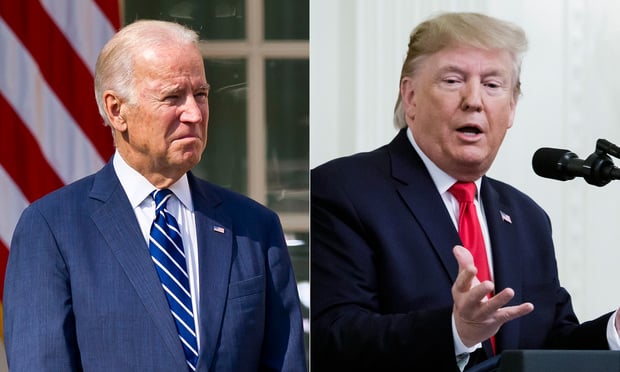As health care reform efforts continue to unfold, much discussion revolves around the role of public health insurance exchanges ("public exchanges") in achieving the primary goal of the Patient Protection and Affordable Care Act (PPACA) – to provide U.S. citizens with affordable, quality health insurance.
By 2014, PPACA requires each state to offer public exchanges to residents, or in the alternative, a federally-run exchange system.[1] A recent blog post by Larry Levitt and Gary Claxton for Kaiser Family Foundation examines how insurance options outside the public exchange markets will change under PPACA, as well as the importance of maintaining a level playing field for health plan offerings both inside and outside the public exchanges (see Levitt/Claxton blog post).
Clearly PPACA intends to make the public exchanges a key offering for consumers, who need more accessible and affordable healthcare options at their disposal (see Insurance Broadcasting story). However, as Levitt and Claxton point out, options outside of the public exchange domain will remain an important part of America's health care system:
Complete your profile to continue reading and get FREE access to BenefitsPRO, part of your ALM digital membership.
Your access to unlimited BenefitsPRO content isn’t changing.
Once you are an ALM digital member, you’ll receive:
- Critical BenefitsPRO information including cutting edge post-reform success strategies, access to educational webcasts and videos, resources from industry leaders, and informative Newsletters.
- Exclusive discounts on ALM, BenefitsPRO magazine and BenefitsPRO.com events
- Access to other award-winning ALM websites including ThinkAdvisor.com and Law.com
Already have an account? Sign In
© 2024 ALM Global, LLC, All Rights Reserved. Request academic re-use from www.copyright.com. All other uses, submit a request to [email protected]. For more information visit Asset & Logo Licensing.








